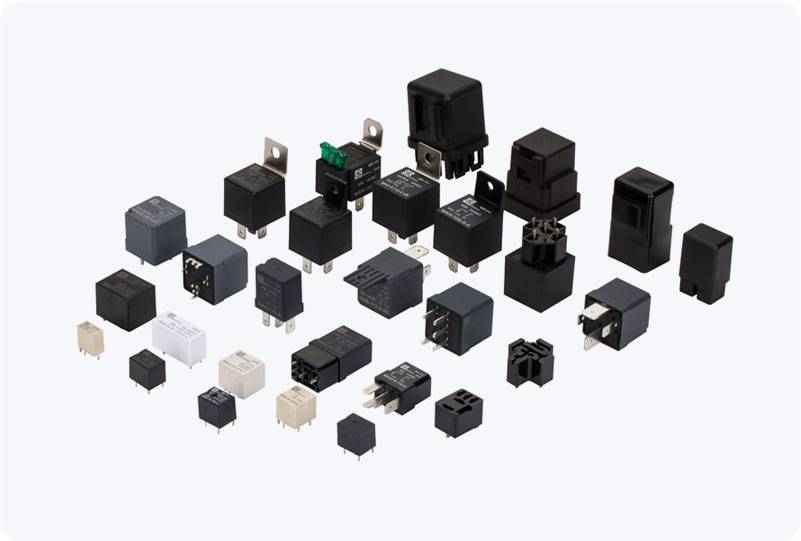latching relay for power systems: enhancing efficiency and reliability
Release time:2025-06-26 18:27:30
In modern power systems, the need for efficient and reliable control mechanisms has never been more pressing. As the demand for energy grows and the complexity of electrical networks increases, one component that has gained significant attention is the Latching Relay. These relays are widely used in various power systems to ensure operational efficiency, energy conservation, and system stability. This article delves into the role of Latching Relays in power systems, exploring their functionality, benefits, applications, and potential challenges.

What is a Latching Relay?
A Latching Relay (or locking relay) is an electromagnetic relay designed to remain in a particular state—either open or closed—without requiring continuous electrical power. Unlike traditional relays, which must keep receiving current to maintain their state, latching relays "latch" into one of their two states when activated and only need a brief pulse of energy to change states. Once the relay is latched, it remains in that state until it receives another pulse to switch to the opposite state.
The design of latching relays typically involves a mechanical or electronic system that holds the relay in its activated position even when the power supply is removed. This characteristic makes latching relays particularly useful in applications where power consumption and reliability are crucial.

